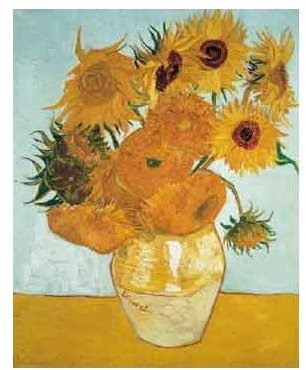A Second Grade Lesson Plan on Plants: Includes Journaling & Ecological Benefits
Journaling a Plant’s Life Cycle
Children love hands-on science. This lesson begins with teaching the life cycle of plants. Great posters showing the life cycle can be created or purchased. During this introduction, begin explaining how plants help the environment by cleaning the air, preventing erosion and enriching the soil.
Once students have an understanding for the life cycle of plants, the Plant Log can be introduced along with a seed or seeds for each student to watch grow. A Plant Log is a journal in which the student records scientific data. (Printable example here.) This data for second grade students can be simple observations such as, how much water is used, how often the plant is watered, how much it has grown. Students can also draw pictures of the changes they see.
The items needed for this part of the lesson are:
- seeds for the students to grow inside or (ideally) outside of the classroom - squash, beans or sunflower seeds are large enough to make easy handling for students
- containers for beginning the seed germination - I like to use clear plastic cups stuffed with paper towels so that the seeds can be slid down between the paper towel and the side of the cup - this way students can see the seeds open
- potting soil and containers to place plants into once they germinate - local nurseries will often donate these for a class project
- a place that is either sunny or well-lit - a grow light can be used if needed - or small plot of land to plant the seedlings
Scaffolding
Scaffolding any unit assists the students in reinforcing what they have learned. Scaffolding for this unit happens when students make entries into their Plant Log. In addition, classroom teachers can gather various books on plants, plant life, identification of plants, and gardening to allow the students to do “research.” Once the seeds sprout enough to be visible, collaboration with the art teacher can allow for paintings/drawings of the student’s individual plants or a unit on still life with visuals such as Monet’s Water Lilies series or Van Gogh’s Sunflowers and Irises.
Another scaffolding activity that second graders will love can be collaborated with the Physical Education teacher. Students can pretend they are seeds. First, they curl up in a tight ball on the floor, then, slowly, they begin to unfurl, stretching arms and legs until they are eventually standing tall, stretching as high as they can. Playing Eric Copeland’s, Appalachian Spring, or other appropriate music will help them to move and stretch slowly, becoming beautiful flowers at the end.
Harvest
The harvest is the joy students experience when their plants sprout and flower; when they, seedlings themselves, begin to become aware of the importance of plant life in our world; and finally, when the students develop an understanding of the cycle of life.
This post is part of the series: All about plants!
Lesson plans and ideas on plants
